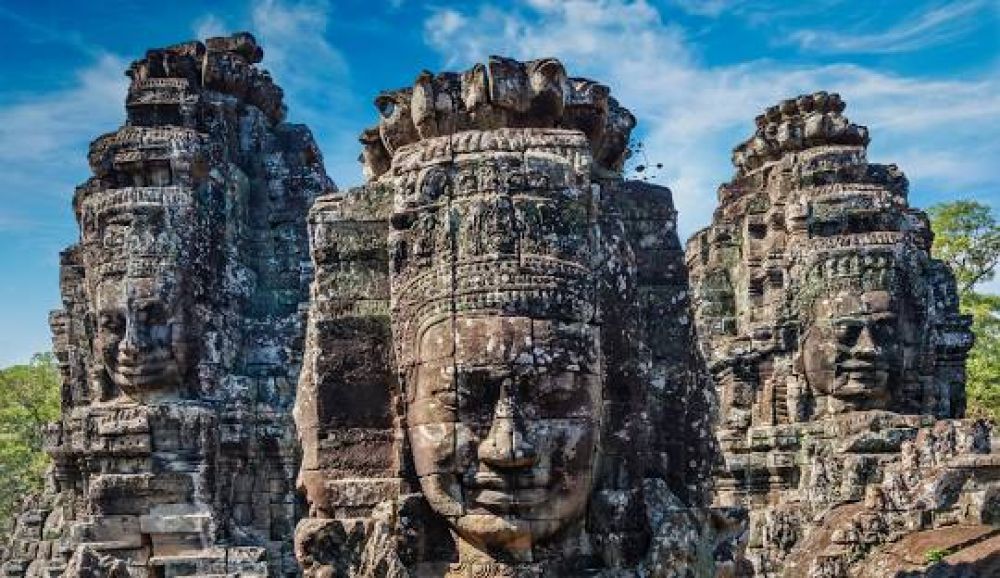

The ideal time to visit Bayon Temple is during the dry season, which runs from November to April. During these months, the weather is more predictable, with minimal rainfall, which allows for uninterrupted exploration of the temple. The cool season, particularly from November to February, is especially comfortable for visitors as the temperatures are more moderate, making it the peak tourist season. Although the area can be more crowded during this time, the pleasant climate compensates for the increase in visitors. Early mornings just after sunrise are often cited as the best time for a visit, offering softer lighting for photography and a more peaceful experience before the crowds arrive.
If you prefer a quieter time with fewer tourists, consider visiting between May and early October, which is the monsoon season. Despite the likelihood of heavy rains, especially in the afternoon, the mornings are often clear and the tourist levels are lower. In addition, the wet season brings lush greenery and fills the moat surrounding Bayon Temple, offering strikingly beautiful reflections of the structure, which can provide unique and majestic photographic opportunities. Be prepared for the heat and humidity during these months and consider bringing rain gear if you choose to visit during the monsoon season.
| Month | Min Temp | Max Temp |
|---|---|---|
| January | 21 °c | 32 °c |
| February | 22 °c | 33 °c |
| March | 24 °c | 34 °c |
| April | 25 °c | 35 °c |
| May | 24 °c | 34 °c |
| June | 24 °c | 33 °c |
| July | 24 °c | 32 °c |
| August | 24 °c | 32 °c |
| September | 24 °c | 31 °c |
| October | 23 °c | 31 °c |
| November | 22 °c | 30 °c |
| December | 21 °c | 30 °c |